Study, work or travel in the UK. British
culture and life.


Britain in the Middle Ages (1066-1485)
|
|
Study, work or travel in the UK. British
culture and life.
|
|
||
|
|
|
|
||
 |
||||
|
|
|
|
||
|
|
||||
 |
||||
|
Britain in the Middle Ages (1066-1485)
|
||||
| Ruling family | English King | Dates |
|
HOUSE OF NORMANDY |
William I |
1066-1087 |
| William II | 1087-1100 | |
| Henry I | 1100-1135 | |
|
HOUSE OF BLOIS |
Stephen |
1135-1154 |
| HOUSE OF PLANTAGENET |
Henry II |
1154-1189 |
| Richard I | 1189-1199 | |
| John | 1199-1216 | |
| Henry III | 1216-1272 | |
| Edward I | 1272-1307 | |
| Edward II | 1307-1327 | |
| Edward III | 1327-1377 | |
| Richard II | 1377-1399 | |
| HOUSE OF LANCASTER | Henry IV | 1399-1413 |
| Henry V | 1413-1422 | |
| Henry VI | 1422-1461 | |
|
HOUSE OF YORK |
Edward IV |
1461-1483 |
| Edward V | 1483 | |
| Richard III | 1483-1485 |
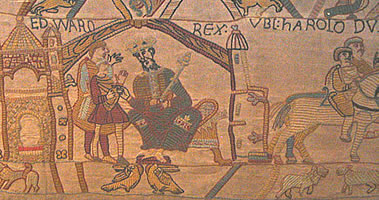 Start of the Bayeux Tapestry (a replica is on display in Reading, Berkshire) |
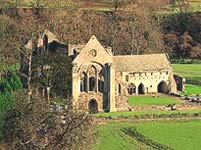 Valle Crucis Abbey (1201), Llangollen, Wales |
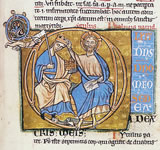 Magna Carta (1215), Lincoln Castle |
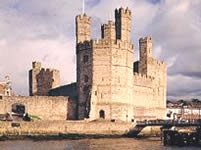 Caernarfon Castle (1283), Caernarfon, Wales |
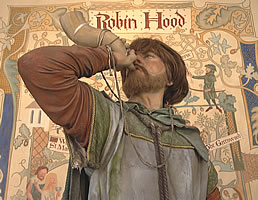 Robin Hood
(museum in Nottingham) |
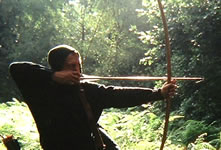 Archer (Sherwood Forest, Nottinghamshire) |
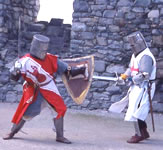 Sword fighting, Harlech Castle, Wales |
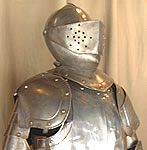 Suit of armour (Warwick Castle) |
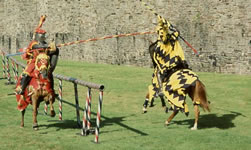 Knights jousting |
|
Castles
& Knights |
 |
The
Middle Ages 1154-1485 Publisher: Kingfisher Books Date: May 2002 |
|
 |
The
Normans Publisher: Pitkin Guides Date: May 2002 |
 |
Medieval
Cookery: Recipes and History Author: Maggie Black Publisher: English Heritage Publications Date: November 2003 |
|
|
|